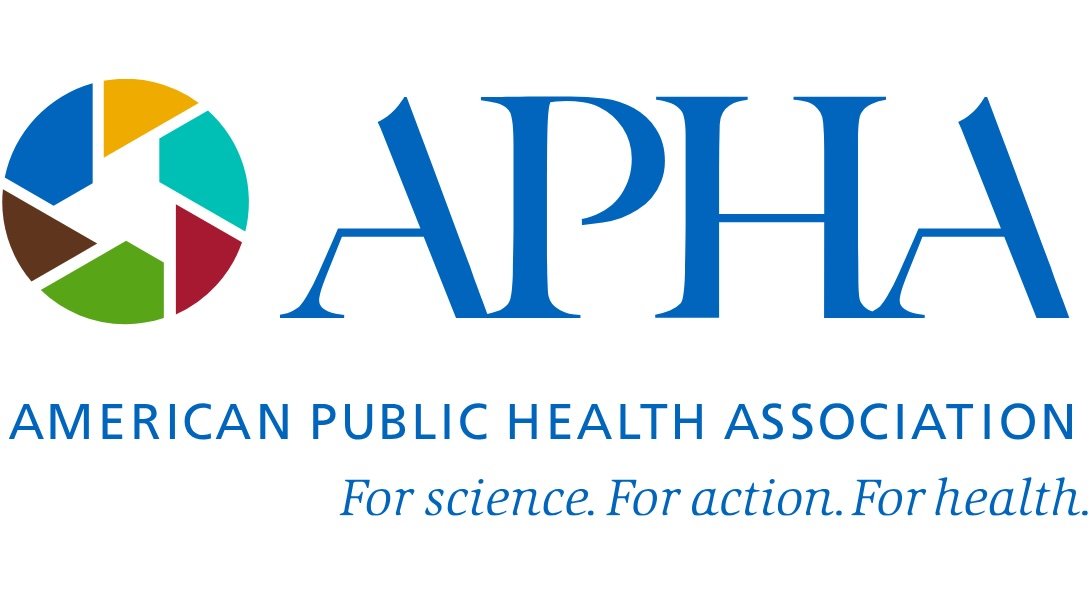Smart Surfaces Peer Learning Network
The Smart Surfaces Peer Learning Network (PLN) supports a rapidly growing community of public sector urban infrastructure practitioners interested in adopting Smart Surfaces as a cost-effective way to combat extreme heat and stormwater flooding, improve public health, and save money.
Designed for local government staff actively working on, or interested in, sustainability and resilience in the built environment, the network is a space to share resources and best practices and learn from peer cities. The PLN comprises representatives from sustainability, water, transportation, planning, and budgetary offices from local governments in over 70 cities and counties across the US. Participation in the PLN is free.
Benefits of Joining
Receive exclusive access to data and information curated by the Smart Surfaces Coalition, including funding opportunities, grant templates, product databases, and lessons from the Cities for Smart Surfaces program.
Tune into PLN meetings every other month to learn about and discuss leading Smart Surface projects and policies, such as urban forestry best practices and climate resilience zoning, and exchange technical and experiential knowledge to accelerate the adoption of Smart Surfaces as an urban design standard.
Submit questions or requests through the Policy Help Desk related to how Smart Surfaces work, research on effective policies, and questions regarding how to replicate policies in other jurisdictions.
What are Smart SurfaceS?
Cost-effective infrastructure strategies that mitigate urban heat and manage stormwater while maximizing health, resilience, and equity benefits.
Citywide adoption of Smart Surfaces can cool cities by 2-6 °F. The PLN supports cities in making Smart Surfaces the urban design norm.
Program partners
For further inquiries about the Smart Surfaces Peer Learning Network contact Iona at i.isachsen@smartsurfacescoalition.org





